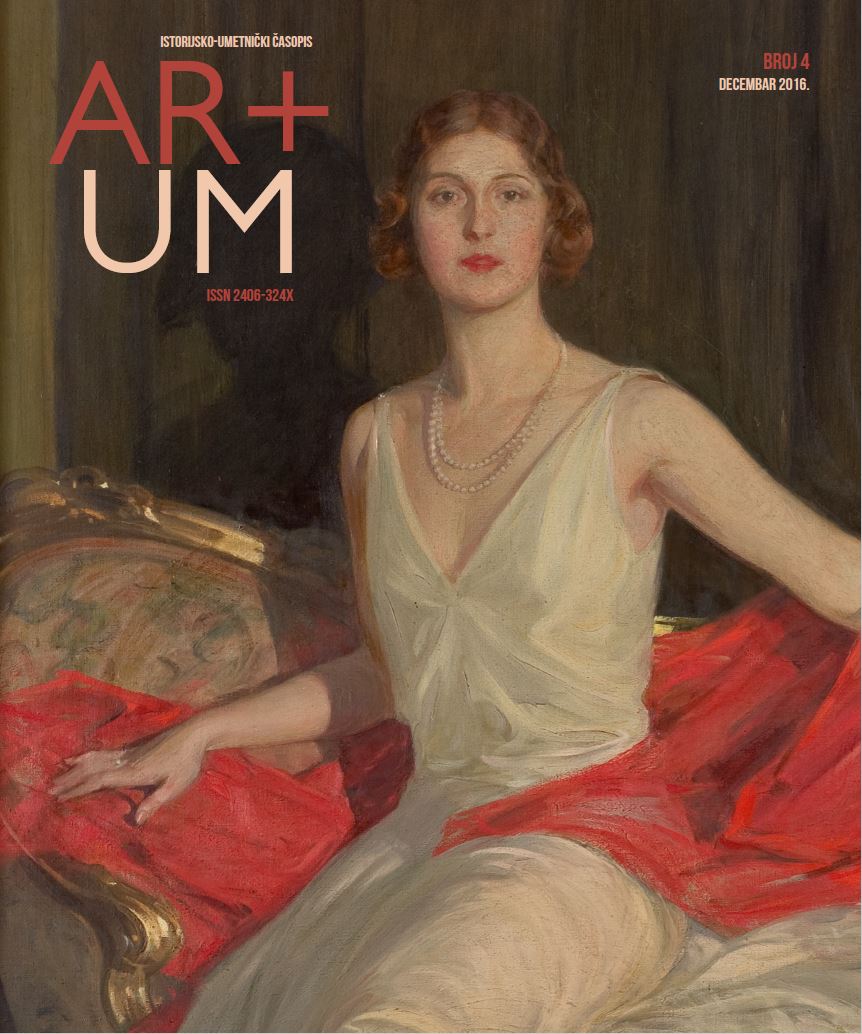« Je suis la Porte » : Ostium, la Tête, le Corps et la Porte de la justice. L’interprétation théologique de la présentation du Christ posé au-dessus du portail (I)
“I am the Door”: Ostium, the Head, the Body and the Door of Justice. Theological Interpretation of Depiction of Christ Above the Portal (I)
Author(s): Jasmina ĆirićSubject(s): Architecture, Visual Arts, Middle Ages, Eastern Orthodoxy, Sociology of Art
Published by: Филозофски факултет, Универзитет у Београду
Keywords: Jesus Christ;door;body;corner stone;portal;apostols
Summary/Abstract: The meaning of the portal and lunette above in Late Byzantine sacred architecture has never been regarded in historiography of Byzantine art through the theory of signs. The role of the portal is to mark one space unity as a physical object and to emphasize the importance of the crossing. Portals are the signs of the transitional and the dialogic essence not only for the Biblical metaphor of Christ as the One who holds the walls together, but also for the metaphor: “I am the door. Whoever enters through me will be saved” (John 10, 9). Concealed (and thus revealed) in a lunette, the formless divinity is translated in the womb of the Virgin, who has rendered it dissembling from its very self, engendering a form for the formless through the folds of a garment, a veil of flesh, lapis angularis. Altogether, the conjunction of scripture, theology, iconography, and architecture created an appropriate symbol of portal for the translation of the Logos, who passed through the Virginal gates and entered the world of matter. Weaving a cultic veil for the Temple, the Virgin was poised, not simply on the visible entrance but on the threshold of Wisdom.
Journal: Artum - Istorijsko-umetnički časopis
- Issue Year: 4/2016
- Issue No: 4
- Page Range: 6-12
- Page Count: 7
- Language: French

